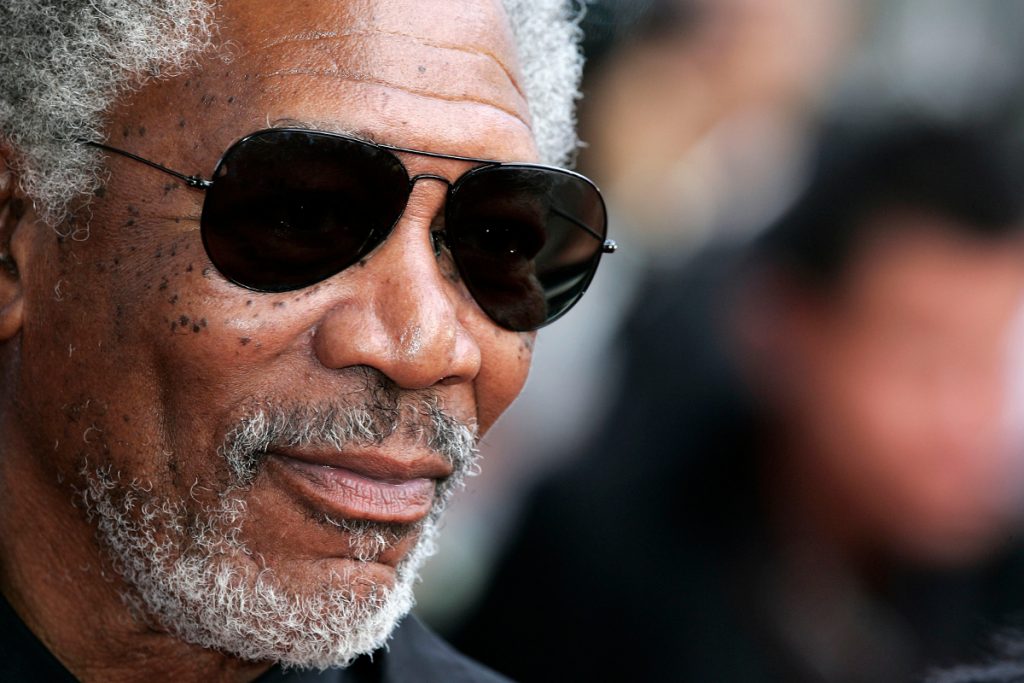Law lessons from movie makers: The Shawshank Redemption
Alley Eugenicos discusses themes from Shawshank and applies them to real-life conceptions of the justice and penal system.
 ‘It chills my blood just to look at you.’ From our first encounter with a representative from the justice system in Shawshank, Andy Dusfresne’s trial judge, we know that this film will contain the vital ingredients for a miscarriage of justice. (For a brief synopsis, click here). We have two victims in a murder and an innocent man presumed guilty by a corrupted system. However, as we begin to unpick the themes within Shawshank we realise that the justice system reflected to us is more complex than mere guilt or innocence. Shawshank dares to question our very understanding of the principles of crime and punishment. Echoed throughout the film is the phrase: ‘Everyone in here is innocent […] Don’t you know that?’ – perhaps meant for some comic light relief, it does hold a much deeper meaning for us future lawyers. What if that’s true? We have already seen Andy sent to prison for a crime he did not commit, just how far does this injustice in the system stretch?
‘It chills my blood just to look at you.’ From our first encounter with a representative from the justice system in Shawshank, Andy Dusfresne’s trial judge, we know that this film will contain the vital ingredients for a miscarriage of justice. (For a brief synopsis, click here). We have two victims in a murder and an innocent man presumed guilty by a corrupted system. However, as we begin to unpick the themes within Shawshank we realise that the justice system reflected to us is more complex than mere guilt or innocence. Shawshank dares to question our very understanding of the principles of crime and punishment. Echoed throughout the film is the phrase: ‘Everyone in here is innocent […] Don’t you know that?’ – perhaps meant for some comic light relief, it does hold a much deeper meaning for us future lawyers. What if that’s true? We have already seen Andy sent to prison for a crime he did not commit, just how far does this injustice in the system stretch?
An appropriate example of a person who outright descries our penal system is Ben Gunn. Gunn was imprisoned for killing a friend at the age of fourteen, he spent thirty-two years in incarceration. While in prison he achieved a BSc (Hons) in political theory and history, an MA in peace and reconciliation and began a PhD in non-violent action. Upon release he began campaigning for prison reform, saying that the system does nothing to rehabilitate offenders. Furthermore, once inmates are released their seclusion from society becomes more apparent through the generally hostile treatment they receive. (Watch him in interview with Jon Snow, here). In Shawshank we see this exemplified: Brooks commits suicide because he cannot handle the harsh reality of life after confinement, even Red understands Brooks actions when he is released from Shawshank. While watching this film, you cannot help but wonder whether perhaps this is applicable now to inmates being released, do we give them a real shot at rehabilitation? ‘The lawyer fucked me’ is another comical but harrowingly poignant example of the perception of the legal system. Shawshank is representative of a skewed sense of justice. We almost rejoice when Andy is freed from his assailants by the Prison Guards, but the methods chosen are at the very least barbaric. Shawshank portrays an ambiguous sense of humanity and social justice.
The Timothy Evans case is perhaps the most potent version of a miscarriage of justice that has happened in the UK. Although the phrase ‘miscarriage of justice’ is bandied around often incorrectly, there is certainly the potential that there are more people affected by this than we would initially consider. Timothy Evans’s wrongful execution brought about major discussions on the abolition of the death penalty.
A theme that is handled delicately within Shawshank is the portrayal of gay and rape issues in prison. This is certainly still an issue here in the UK, according to surveys from prison inspectors 1 out of 100 prison inmates have suffered some form of sexual abuse while incarcerated. Surely, a basic requirement of our penal system is to make sure that our inmates are kept safe. Shawshank reminds us still that there is certainly room for reform. As Gunn would say, there needs to be a decision made. Are people sent to prison for punishment or rehabilitation, because arguably, the two cannot co-exist.
The Warden is portrayed as a religious figure who believes in discipline and the Bible; Dusfresne’s first encounter with him is prophetic when he says ‘your ass belongs to me’. This perhaps out-dated hard-line approach, has not worked for the American penal system. According to the Prison Reform Trust, even in the UK 47% of adults re-offend within one year of their release. This suggests that the concepts of rehabilitation and reintegration represent mere words rather than an effective strategy. Shawshank depicts a degraded and dehumanised form of punishment, which begs the question, if you treat them like animals, how else would you expect them to behave? Red even states,
‘They send you here for life. That’s exactly what they take. The Part that counts anyway.’
 Another key theme explored within Shawshank is corruption and its incorporation into the legal justice system. Andy says, ‘I had to come to prison to be a crook.’ This light-hearted proposition certainly exposes the reality of the corruption issues in Shawshank. Prison rackets are almost expected, and we seem indifferent to this.
Another key theme explored within Shawshank is corruption and its incorporation into the legal justice system. Andy says, ‘I had to come to prison to be a crook.’ This light-hearted proposition certainly exposes the reality of the corruption issues in Shawshank. Prison rackets are almost expected, and we seem indifferent to this.
In the Philippines, corruption in the legal system is notorious. From bribed court personnel who become deliberately incompetent and obtuse, to long delays within the court system. Furthermore, they have what is known as a Padrino System, which is synonymous with medieval oligarchy. Corruption is still a major issue throughout the world and unfortunately, this theme in Shawshank could not comfortably be said to be anachronistic. The feeling of claustrophobia and oppression hits us immediately with intimidating panning shots of the prison gates and the aggressive and violent way of life portrayed. Yet as Angela Y. Davis wrote,
“The prison therefore functions ideologically as an abstract site into which undesirables are deposited, relieving us of the responsibility of thinking about the real issues afflicting those communities from which prisoners are drawn in such disproportionate numbers. This is the ideological work that the prison performs—it relieves us of the responsibility of seriously engaging with the problems of our society, especially those produced by racism and, increasingly, global capitalism.”
Though Shawshank is American and is from a bygone era, the themes ultimately still pervade into our modern society. Even from my own experience as a Vocalise Mentor teaching in Feltham YOI, we are confronted with the consequences of failures in the system. What more could we be doing to help young people in their position? Therefore, perhaps there are still lessons to learn from this iconic movie, which I would whole-heartedly recommend to law students and non-law students alike.
Many thanks to Alley Eugenicos for this excellent review of this classic film. Alley is currently a GDL student at the City Law School.

